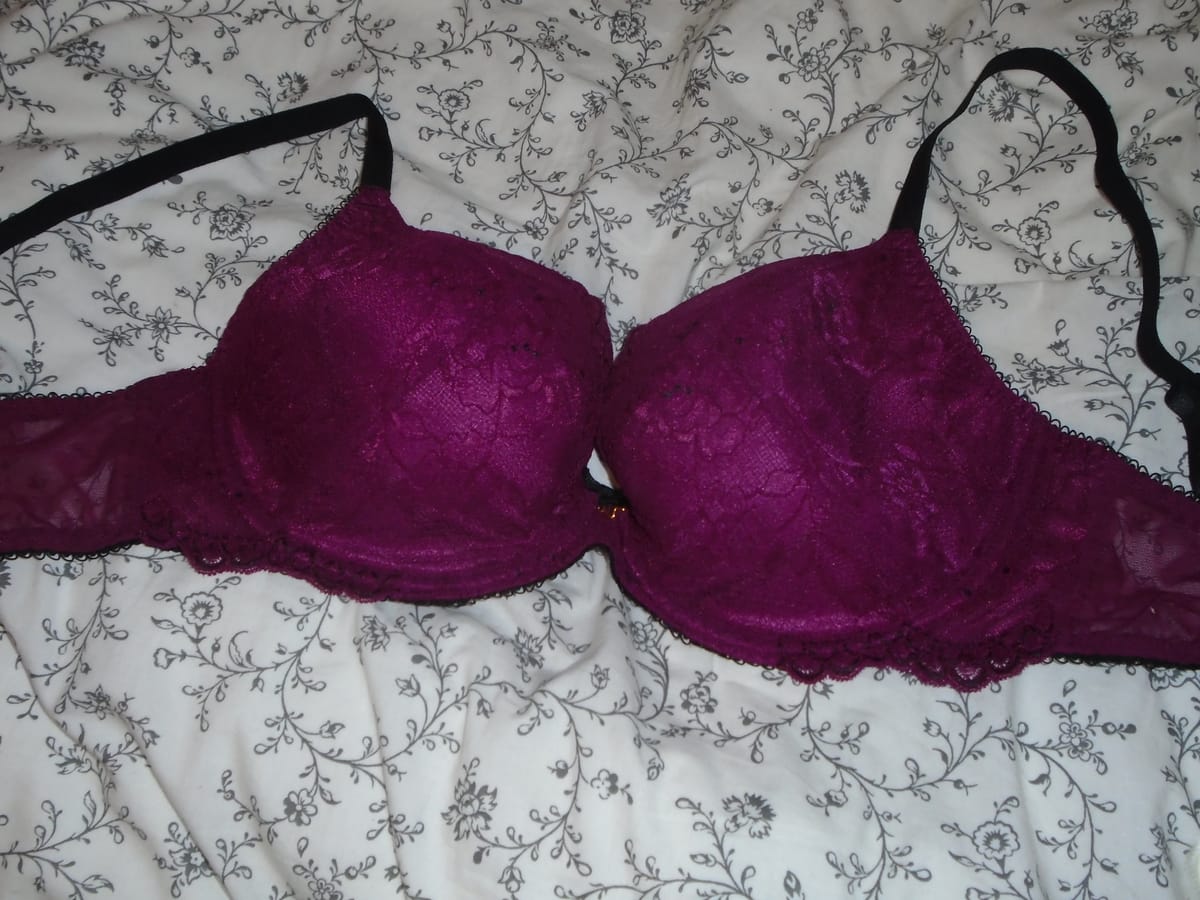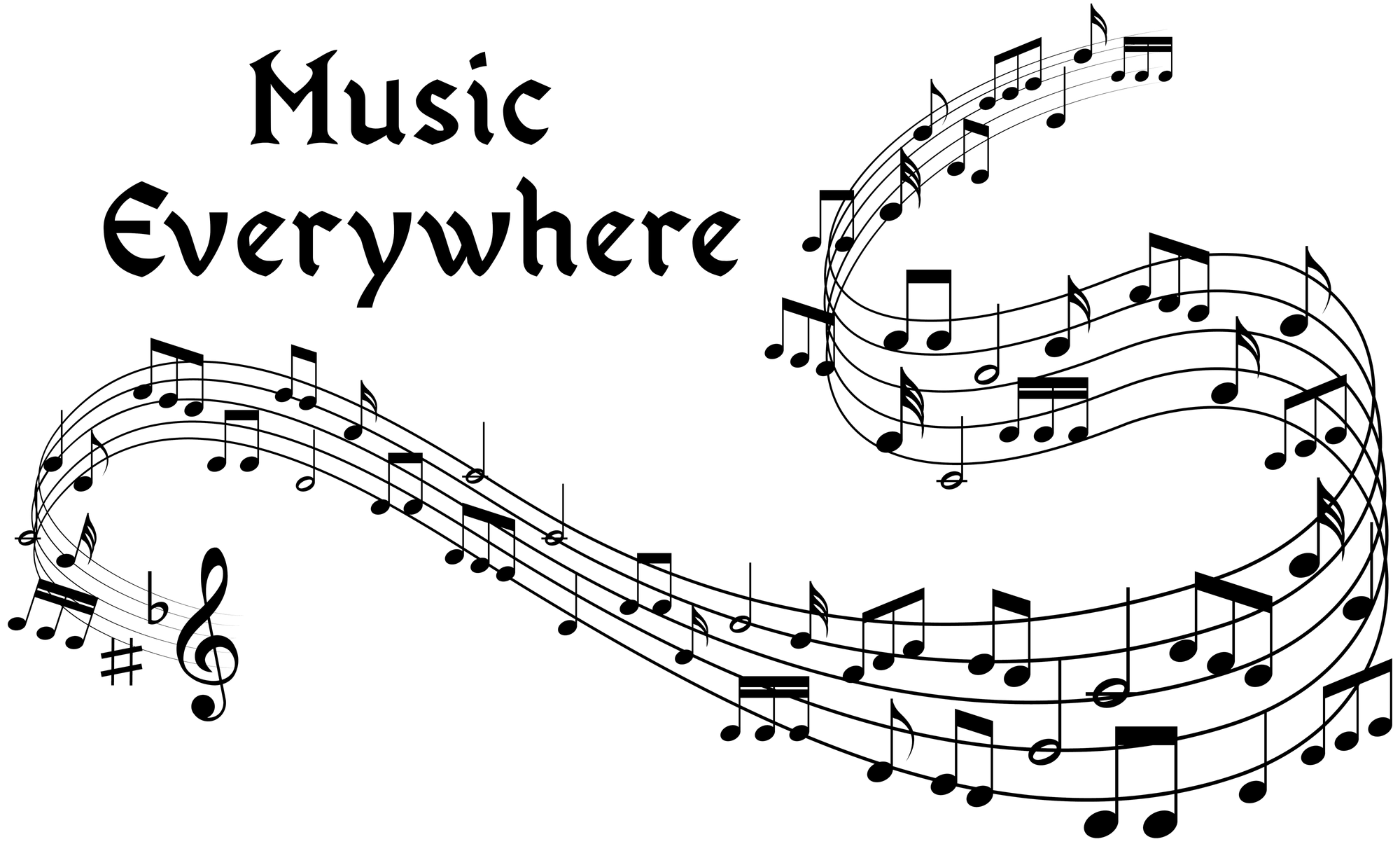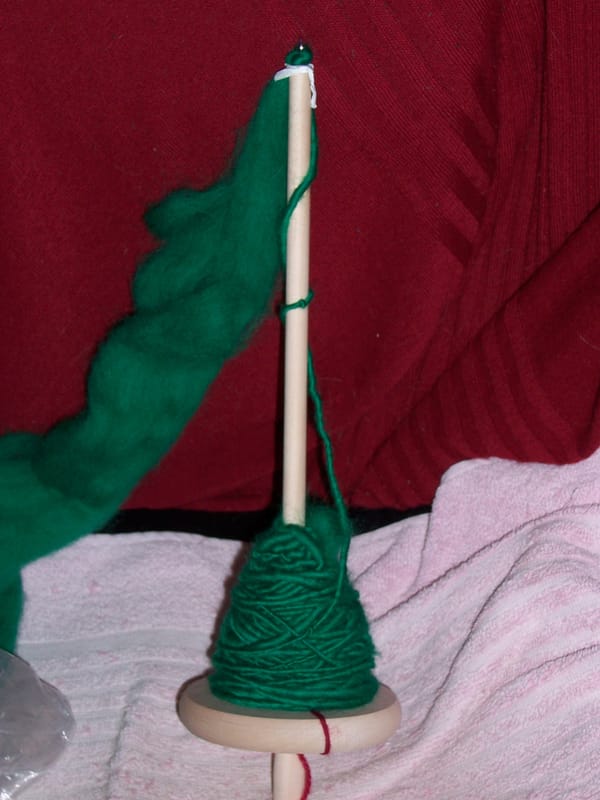An uplifting tale

I touched on this matter in passing when I was talking about stage costuming in an earlier post, but it is worth going into quite a lot more detail here, because it's important for... well, basically, anyone with boobs. And this is something I do know quite a bit about, because among the strange miscellany of things I've done at various points in my life, one of them was to train as a bra fitter.
The golden rule for upper-body garment fitting is that, when fitting, you need to wear the same bra that you plan to wear with the finished garment. That's all well and good... but I want to take a deeper dive into how you fit the bra in the first place. And since apparently over 90% of women are wearing the wrong size bra, these are things that need saying.
If you remember just one thing from this post, I'd like it to be this: don't measure.
You're probably now saying "what?!". But it's true, and I once did a dramatic demonstration in a group fitting session to show exactly why you don't measure. For this I engaged the assistance of a good friend who was, at the time, wearing what I seem to recall was a 36G, which was a perfect fit for her. I had her stand up in front of the rest of the group, and I announced that I was now going to measure her in accordance with the normal instructions you get given for doing that (I probably found them on some lingerie manufacturer's website). I did that, did the required calculations, and announced that the measurements had her at something like a 40D. I found a 40D and handed it to her. She put it on over her clothes, grinned from ear to ear... and then pulled it straight off over her head without needing to undo anything.
"And now you know why you don't measure," I concluded, as I thanked her.
The thing is, measuring will work if you're a 34B or something close, because the whole system of measuring was designed around the expectation that most women were. I don't know to what extent sizes have actually changed and to what extent the original sample they were using was biased (almost certainly it consisted mainly of younger women, for a start, and that's going to influence things); but certainly, these days, a 34B isn't that common. The average cup size is about a D or DD, and of course back sizes vary tremendously; I don't know what the average is, but I'd pretty much bet money it's not a 34. (My educated guess would be 36-38.) But you can't extrapolate the measuring system very far, and the main reason for that is the fact that boobs are three-dimensional. A larger bust doesn't simply stick out further; it takes up more area on your chest. So, for a larger bust, you physically can't measure where you could for a smaller one, because the root of the bust is in the way. You're measuring lower down, and that throws all the calculations out.
So what do you do if you can't measure? Well, you fit. And I'm going to explain how you do that if you can't get someone else to fit you. (If you're a D cup or above, then it's extremely easy; you just go to Bravissimo and they will be able to fit you online. It's not magic. A good fitter can fit pretty accurately by eye; I used to be able to do that myself. I've lost the knack over the years, but if I needed to I could soon pick it up again.) But if you're below a D cup, all you actually need is a pile of bras and somewhere to try them on. And you will not need to try on the whole lot.
Go to a decent lingerie store and pick up half a dozen or so underwired bras in different sizes. I specify underwired because that way you'll get a more accurate fit, even if what you want is a non-wired; personally I wear non-wired if I'm not going out and underwired if I am, but I will always use underwired for gauging fit. Ideally they should all be the same brand and style, because fit tends to differ between brands, and sometimes even between styles in the same brand (Lepel used to be particularly notorious for this - you literally just had to try each style). The Triumph Doreen is especially reliable for fitting; I'd never actually wear one, and nor would most people I know, but for fitting it's about the best out there. You pick your initial half a dozen sizes by eye - if it looks more or less as if it might fit, you take it into the fitting room.
Now try one on and assess the fit. Fasten it on the outermost set of hooks; the other two sets are there because bras are inclined to stretch after a while, so you can pull it in when it does. The back band should grip firmly but not too tightly; that is what is providing most of the support (not the straps - they just help a little). So if it's sliding about in any direction, it's too loose, and obviously if you can pull it off without unfastening it like my friend did, it's far too loose. On the other hand, if it's almost impossible to fasten or it digs in uncomfortably anywhere, especially if there are rolls of flesh spilling over it, it's too tight.
Similarly, the cups should fit flush to the bust (if you're uneven, I'll come to that one in a minute, but for now just fit your larger boob). The underwire should sit neatly along the lower edge of each boob without sticking out at the edges or digging in anywhere, and the cup should, like the back band, sit flush to your skin. If the underwire digs in, and/or you have flesh spilling out at the top of the bra (otherwise known as "the four-boobs effect", then the cup is too small. If the cup wrinkles or gapes and/or the underwire sticks out at the sides, it's too big.
If it already fits everywhere, then, congratulations, you now know your size; but the likelihood is it won't. This is where you need to know another very important piece of information, which is that cup sizes are not fixed. They're roughly proportional to back sizes. So the cups on my 36E bras are the same size as those on a 34F or a 32G going one way, or as a 38DD, 40D, 42C or 44B going the other way. So, let's say you try on a 36E and the cups are a perfect fit but it's too loose in the back; the next one you try is not a 34E as you might expect, but a 34F. This applies to any size bra at all. If you need to increase or decrease the back size while keeping the cup size constant, then you should respectively decrease or increase the cup size. It's a lot easier if the back fits but the cups don't, because then you do know your actual back size and all you have to do is tinker with the cup size.
So. Let's say you went into the fitting room with your armful of Doreens, and when you come out of there, you know that the one that fits you best is the 38C, except... actually it doesn't quite fit. It's certainly better than all the others, but it's also not perfect. What do you do?
Be of good courage. You will be able to get something to fit you. If the only problem is that you're uneven (so it fits one boob and not the other), that is very easily fixed these days, because you can get silicone inserts specifically designed for the purpose from a company called Evenly. They come in a range of sizes to balance anything up to three cup sizes of difference, and the fitting information is extremely helpful; I wish they'd been around when I was fitting bras. But it may be more subtle than that. The bra could be the right size, but not quite the right shape for you. And if that's the case, try a different brand... bearing in mind that the sizing may also be slightly different, so try the 38C first, but don't be put off if it doesn't fit well. Just use the fitting criteria already listed to work out how you need to adjust. If you're having trouble getting the right shape, a plunge bra is usually a good bet as they are by nature a bit more accommodating (you've got a bit of pivot in the middle); if you're very full at the top of your bust and you're worried about popping out of a plunge, try something with stretch lace at the top of the cups.
Next, there are a few common miscellaneous fitting problems. Possibly the most common of these is that you've tightened your straps as far as you comfortably can, but they still slide down your lovely Victorian sloping shoulders, and by the time you've yanked them up for the fifth time in the space of half an hour it's starting to drive you nuts. Fix this one by getting a bra with either a racerback or crossover straps (a lot of multiways have at least one of these as an option), or convert your existing bra by either buying or making a little strap that you can fix between the two straps at the back, holding them in place. I would generally recommend the latter, since multiways are designed to work strapless, so they're usually not quite as comfortable as a regular bra; but if you see a style you like that happens to have a racerback as standard, you're in luck.
Then there's what you do if you happen to fall into the infamous gap in the lingerie market which is best described as "large back, small boobs". If that's you and you're having trouble getting a bra, please understand that you are not some kind of freak. It's the manufacturers who are wrong, not you. There are actually plenty of other people your size (I know - I used to fit them). It's just that manufacturers don't want to make bras for you, so boo to them. Fortunately, you can blow them a nice metaphorical raspberry using a bra extender. If you're a 40A, all you need to do is get a 38B (which you can easily find) and use the extender to turn the back into a 40. Lo and behold, you have a nice bra that fits you, just as you deserve - and I've always strongly believed that everyone, whatever their size or shape, deserves a perfect fit.
So there you have it; and if you have any further questions, please feel free to ask!




